Celebrate Historic Places Day this year starting on July 3rd!
Established by the National Trust for Canada, Historic Places Day is an annual celebration that highlights historic sites, buildings and places all across Canada and encourages the public to visit these sites, learning more about the history of this country in the process.
In 2019, we celebrated this significant day with a photo series posted to the VHF Instagram account. We asked three volunteer photographers to take photos of two historic places each in Vancouver. We posted one photo per day with a caption that explained the history of the site. Our thanks to volunteer photographers Emily Margitan, Rob Atkins and Christine Wong for contributing these great images.
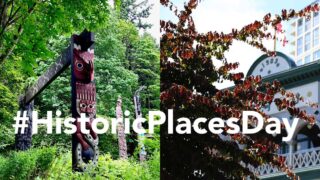
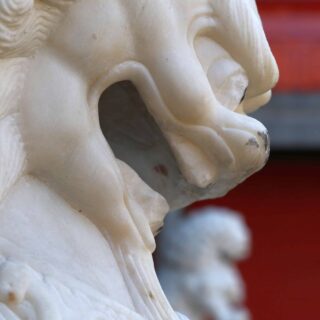
Vancouver’s Chinatown was recognized as a National Historic Site of Canada in 2011. One of Vancouver’s oldest neighbourhoods, it is home to important cultural heritage assets and many community organizations with deep historical roots in Vancouver and Canada. Across 130 years of change, the district maintains a strong community and cultural identity, and is one of the most significant urban heritage sites in Canada.
Photo Credit: Christine Wong
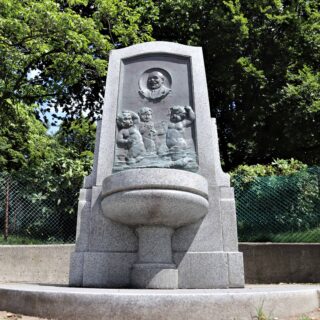
Joseph Seraphim “Joe” Fortes (1863 – 1922) was the well-loved volunteer lifeguard of English Bay and taught generations of children how to swim. He lived at English Bay and was granted special permission to remain there even as the area became developed due to his extraordinary community service. In 1926, the Kiwanis Club erected this special memorial in his honour overlooking the beach and it was restored in 1998.
Photo Credit: Christine Wong
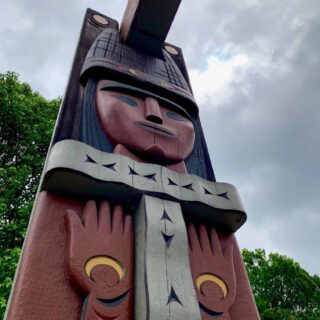
Photo Credit: Emily Margitan
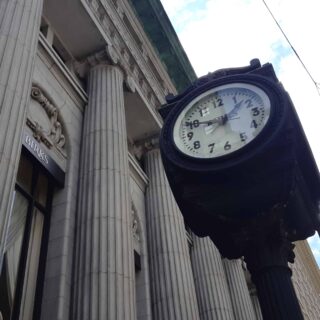
“Meet me at the Birks Clock”
Before the era of mobile phones, this charming clock was used as a marker for Vancouver meet-ups. Travelling with the Birks store to three different locations including its current home at the corner of West Hastings and Granville, this beloved clock is still a city landmark. The adjacent building was originally designed for the Canadian Bank of Commerce by architects Darling & Pearson in 1908. An example of the grand “temple banks” of the early 1900s, it recalls the time when West Hastings was a booming financial district.
Photo Credit: VHF
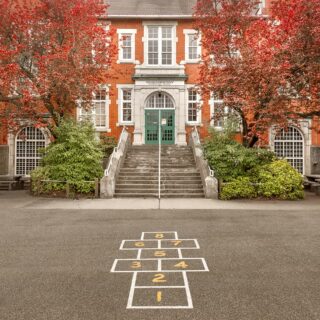
This Victorian Renaissance school on West King Edward Avenue opened as Prince of Wales Elementary and High School, the foundation stone laid by the then Prince of Wales on September 22, 1919. With a growing school population, a new Prince of Wales Secondary School was opened nearby in 1960 and this school was renamed to match the neighbourhood. This September, Shaughnessy Elementary will celebrate 100 years of school community at this landmark building which was seismically upgraded and restored over 20 years ago.
Photo Credit: Rob Atkins Photography
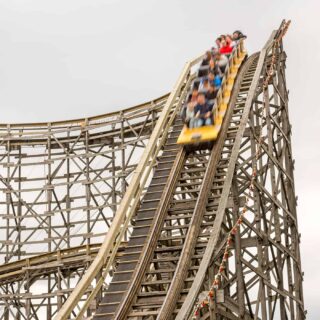
Once threatened with demolition, the 1958 Wooden Roller Coaster at Playland in Hastings Park is celebrated across North America as the last, still operating example of roller coaster virtuoso Carl Phare’s work. Built onsite of fireproof Douglas fir by Walker LeRoy and a team of over 300 builders, the coaster features a maximum drop height of 20m and speeds of up to 76km/h. As Canada’s oldest operating wooden roller coaster, it is designated as a “Coaster Landmark” and a “Coaster Classic” by the American Coaster Enthusiasts organization. This was Phare’s last design and he was quoted as saying “I know I’ll never build another so I put everything I have learned over the past 56 years into this one. There’ll never be another one as good.”
Photo Credit: Rob Atkins Photography
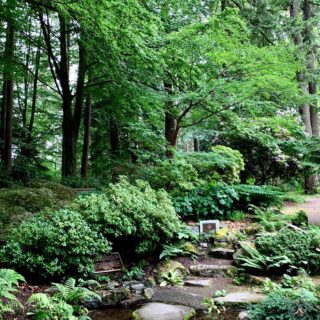
The Air Force Garden of Remembrance in Stanley Park features rockeries and flowering shrubs in a woodland setting. The tranquil spot was built and dedicated by The Women’s Auxiliary to the Air Services on May 9, 1948 as a living memorial to the service, sacrifice and achievement of Canada’s airmen. A bronze plaque bears the insignia of the Royal Canadian Air Force. Coins thrown into the wishing well are collected by the Women’s Auxiliary and distributed to local military hospitals for veteran comforts.
Photo Credit: Emily Margitan